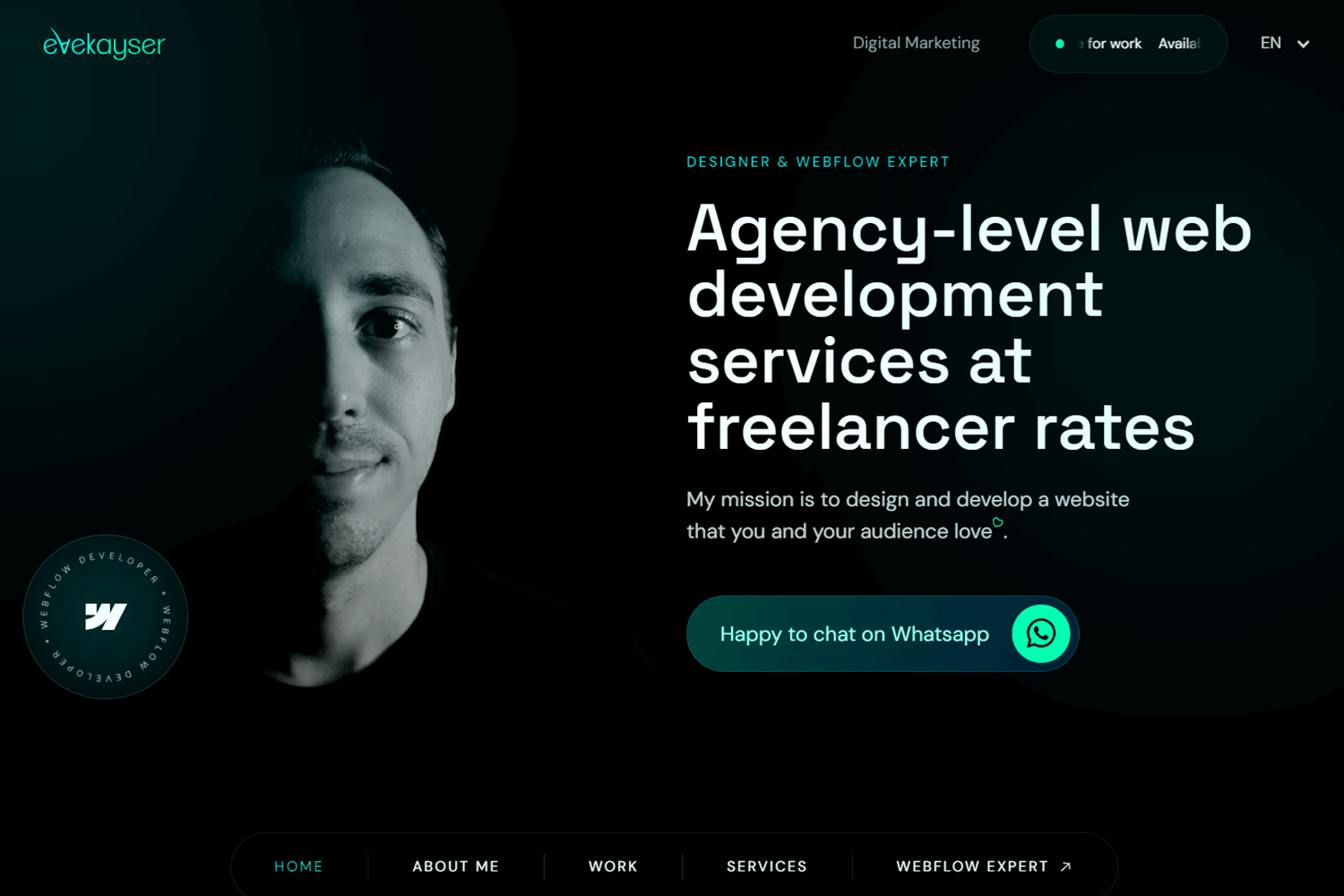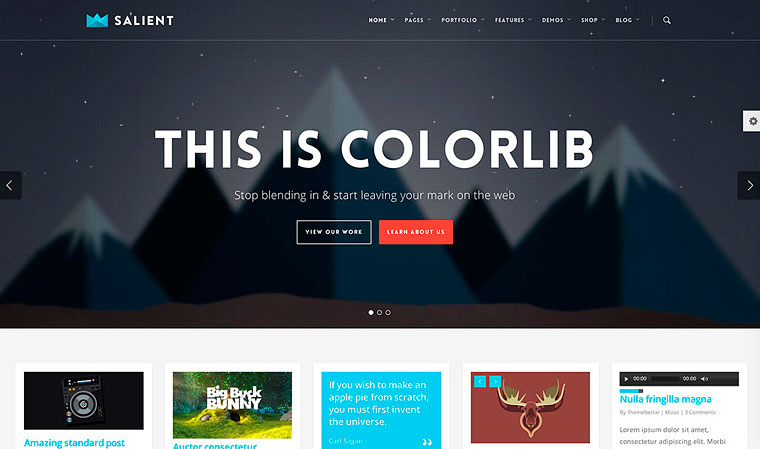Web Design Best Practices for Boosting Conversion Rates and Engagement
Web Design Best Practices for Boosting Conversion Rates and Engagement
Blog Article
Recognizing Customer Experience: Key Principles for Effective Website Design
In the world of website design, comprehending customer experience (UX) is paramount to producing systems that not just attract but additionally maintain customers. Key concepts such as instinctive navigating and efficient responses devices play vital duties in fostering user satisfaction. Furthermore, factors to consider for availability make sure that all customers can engage with the content seamlessly. However, the subtleties of visual layout and the relevance of iterative screening commonly continue to be neglected. As we explore these foundational aspects, it comes to be evident that understanding UX is not merely a choice however a need for success. What are the implications of neglecting these principles?
Value of User Experience

In the world of internet layout, one can not take too lightly the significance of customer experience (UX) as a crucial component that directly influences the success of a website. A positive UX not only boosts individual contentment but also promotes loyalty, encouraging repeat sees and interactions. When individuals run into a intuitive and interesting user interface, they are more probable to explore the web content, transform into clients, or share their experiences with others. This organic promotion can dramatically magnify a brand name's reach and visibility.
It encompasses the total capability of an internet site, guaranteeing that navigation is smooth and information is quickly accessible. Websites that focus on UX are typically perceived as even more credible and reliable, which can have a profound influence on conversion prices.
Ultimately, purchasing individual experience is not just a style option; it is a calculated decision that can separate a brand in a jampacked industry. By concentrating on UX, businesses can produce purposeful interactions that resonate with individuals, leading the means for continual success in the electronic landscape.
Use Concepts
Efficient internet style rests on the application of essential usability principles that guarantee a web site is both useful and easy to use. Central to these principles is the concept of intuitiveness, where individuals can browse the website effortlessly without substantial guideline. Clear navigation frameworks, consisting of consistent formats and well-labeled food selections, boost this user-friendly experience, allowing individuals to situate details swiftly.

Consistency is just as important; maintaining uniformity in layout aspects, terms, and treatments across the site assists to minimize confusion. Individuals should not need to relearn how to communicate with different areas of the website.
Additionally, mistake avoidance and recuperation are essential for use. Web sites must be developed to lessen the possibility of customer mistakes, and when mistakes happen, clear and constructive mistake messages need to assist individuals towards resolution.
Ease Of Access Considerations
Making certain accessibility in internet design is extremely important for creating comprehensive electronic experiences that deal with all individuals, including those with disabilities. Accessibility considerations include developing internet sites that accommodate varied requirements, allowing individuals with aesthetic, acoustic, cognitive, or electric motor problems to browse and connect successfully.
To accomplish this, internet designers ought to comply with established standards, such as the Web Material Ease Of Access Standards (WCAG) These standards supply a framework for making content perceivable, operable, easy to understand, and durable. Trick content practices consist of making sure enough shade comparison, giving text options for non-text web content, and making certain keyboard navigability.
In addition, semantic HTML ought to be made use of to boost screen visitor compatibility, permitting individuals with visual problems to comprehend the structure and definition of web content without effort. web design. Providing clear, concise instructions and making use of simple language can additionally improve functionality for people with cognitive impairments
Regular ease of access testing, involving actual individuals with handicaps, is necessary to determine barriers and boost the user experience. By focusing on accessibility, web designers not only abide with legal criteria however also promote a more equitable digital landscape, inevitably profiting everyone with boosted use and interaction.
Aesthetic Style Aspects
A myriad of aesthetic design components plays an important duty fit user perceptions and experiences on an internet site. These components consist of color pattern, typography, layout, images, and whitespace, each adding to the general aesthetic charm and performance of a site.

Color design stimulate feelings and can affect customer actions; for circumstances, warm colors might create a sense of necessity, while amazing shades usually promote peace. Typography, on the various other hand, impacts readability and can establish a brand name's individuality - web design. The selection of font style and size need to align with the website's goals and target market
Images, consisting of icons and photos, enhances narration and can dramatically impact user involvement. Top quality visuals create a feeling of professionalism and trust, while poor-quality photos might interfere with the user experience.
Layout and whitespace are just as important, as they lead users with the web content. A well-structured layout assists individuals discover information quickly, while ample whitespace avoids mess, helping with a more satisfying surfing experience.

Testing and Model
Customer screening and version are essential elements of an effective internet style procedure. User testing involves observing how real customers communicate with a site, determining functionality issues, and comprehending individual actions.
Version, on the various other hand, is the procedure of improving the style based on the insights got from user testing. By making incremental this hyperlink changes and re-evaluating the style, groups can improve performance, improve aesthetics, and maximize individual engagement. This cyclical technique promotes a society of continuous enhancement, enabling developers to adjust to individual needs and arising fads successfully.
Furthermore, integrating both individual screening and model into the design procedure results in more educated decision-making and ultimately leads to a more user-centered product. By embracing these concepts, web developers can produce extra intuitive, interesting, and reliable experiences that resonate with their target market, browse around here eventually driving higher customer fulfillment and retention.
Final Thought
In verdict, individual experience is an important part of efficient internet style, including usability, ease of access, and visual factors to consider. Constant screening and iteration offer as important procedures for determining and resolving user pain factors, making certain that web layouts stay adaptable to progressing requirements.
In the world of internet layout, comprehending customer experience (UX) is vital to producing platforms that not only bring in but likewise preserve users.In the world of internet style, one can not underestimate the importance of customer experience (UX) as an essential component that straight influences the success of a website. Customer screening includes observing how genuine customers communicate with an internet site, identifying use concerns, and recognizing user habits.In verdict, individual experience is an essential element of reliable internet design, encompassing use, availability, and aesthetic factors to consider. Continual testing and version serve as essential procedures for attending to and determining individual discomfort factors, making certain that web designs stay adaptable to advancing requirements.
Report this page